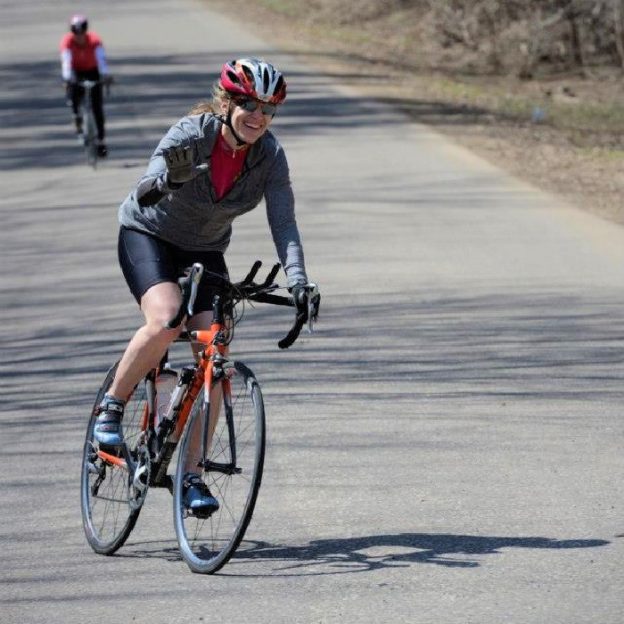Tag: road cycling
-

New road bikes are more comfortable and more capable than ever before
Road bikes have been popular in cycling for longer than any other type of bicycle. For example, many would remember the iconic dark green colored Schwinn Varsity, as the bike that hung in the garage 50 years ago. Read on to see how to wade through a century of history and countless products to find…
